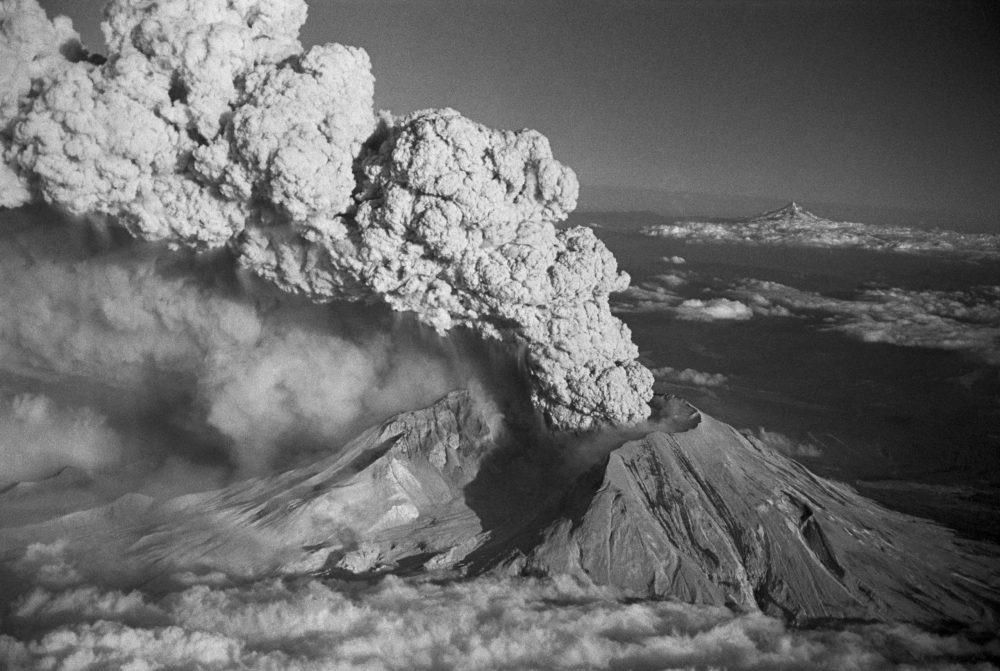In the history of volcanic eruptions, the 1980 eruption of Mount St. Helens stands out not just for its catastrophic power, but also for the incredible acts of bravery and dedication it inspired. Among these stories, the sacrifice of photographer Robert Landsberg shines as a poignant testament to human courage and commitment to science.

The Eruption of Mount St. Helens
On the morning of May 18, 1980, Mount St. Helens, located in the state of Washington, erupted with a force that stunned the world. The eruption was triggered by a massive landslide, the largest in recorded history, which caused the volcano’s northern flank to collapse. This unleashed a lateral blast, sending scorching ash, pumice, and gases at speeds exceeding 300 miles per hour. The eruption leveled everything within a 230 square mile radius, claimed 57 lives, and altered the landscape dramatically.

Robert Landsberg’s Final Mission
Robert Landsberg, a dedicated photographer and avid nature enthusiast, had been closely monitoring the activity of Mount St. Helens for weeks leading up to the eruption. He was particularly focused on capturing the geological changes and the increasing seismic activity that presaged the volcano’s awakening. On May 18, Landsberg was positioned approximately four miles from the summit, directly in the path of the catastrophic blast. As the eruption unfolded, Landsberg quickly realized the magnitude of the event and the peril he faced. Despite the imminent danger, his commitment to documenting the eruption for future study remained unshaken. With a calm and deliberate focus, Landsberg continued to photograph the unfolding disaster. Understanding that he had little chance of survival, he took extraordinary steps to ensure his work would not be lost.
The Ultimate Sacrifice
In his final moments, Landsberg made a decision that would immortalize his dedication. He wound back the film in his camera, placed it securely in his backpack, and then laid his body over the pack to shield it from the impending ash and debris. This act of protection ensured that his photographs and film would survive, even if he did not. Landsberg’s body was discovered seventeen days later, buried under several feet of volcanic ash. Remarkably, the camera and film inside his backpack were intact. The photographs and film were later developed and provided invaluable insights into the sequence of events during the eruption, contributing significantly to the scientific understanding of volcanic activity. Robert Landsberg’s final act of bravery has been widely celebrated in the scientific community and beyond. His photographs are not only a visual record of one of the most significant geological events of the 20th century but also a testament to the human spirit’s pursuit of knowledge, even in the face of certain death. The images captured by Landsberg before his death have been used extensively in research, helping geologists to better understand the dynamics of explosive volcanic eruptions. His story serves as an inspiration, highlighting the profound impact that one individual’s dedication can have on science and humanity.

Robert Landsberg’s sacrifice at Mount St. Helens is a powerful reminder of the bravery and selflessness that define the best of human nature. His actions preserved a moment in history that has educated and enlightened generations. As we remember the eruption of Mount St. Helens, we also honor the man who, through his ultimate sacrifice, ensured that the world would gain a deeper understanding of the forces that shape our planet.










